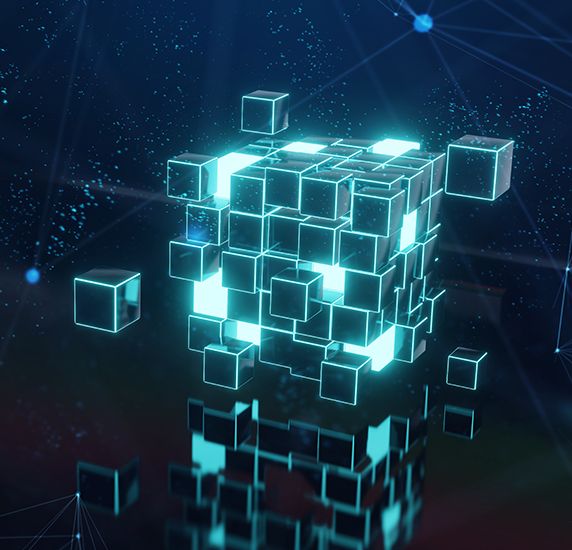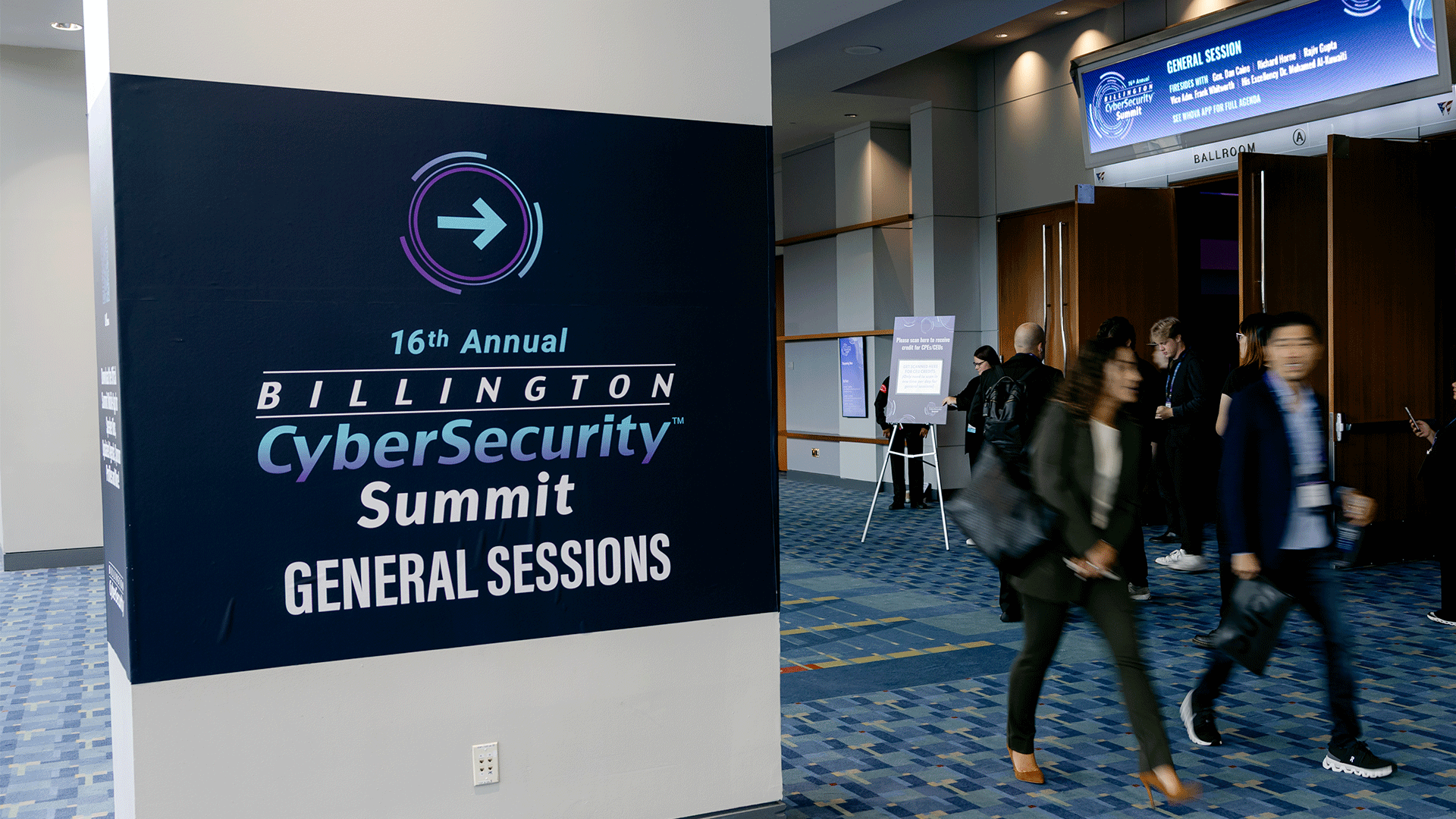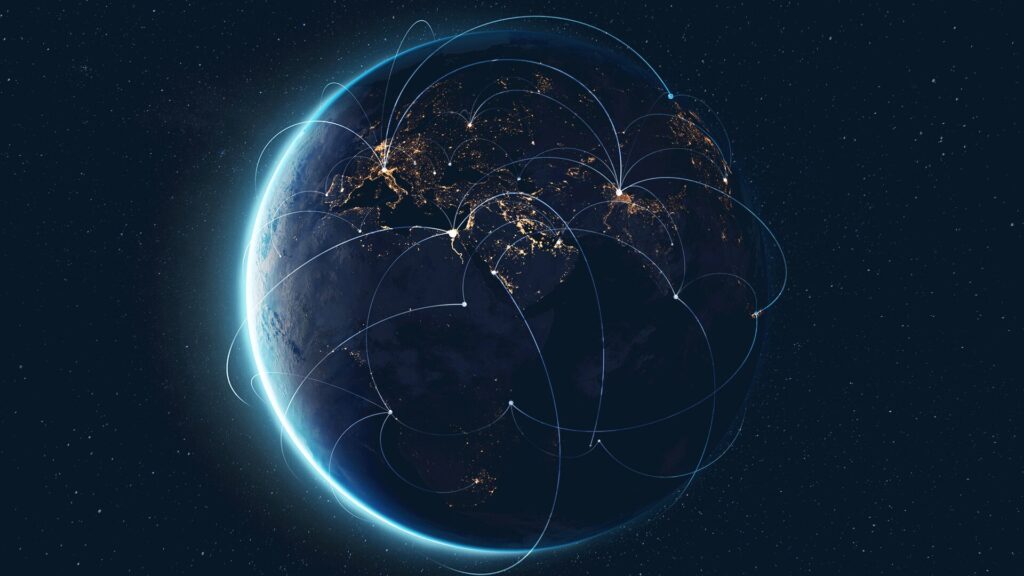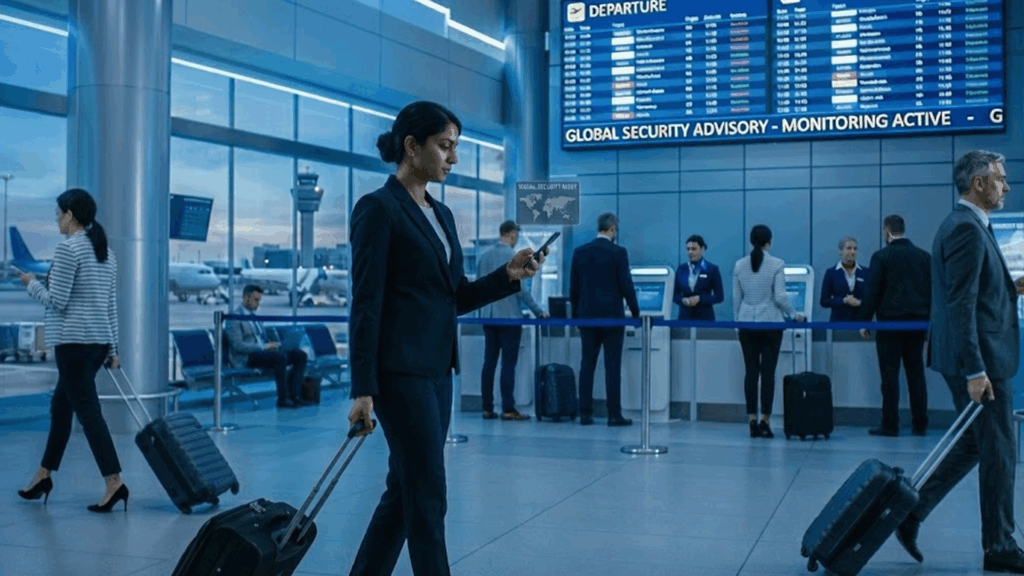Year after year, the Billington CyberSecurity Summit provides a crucial, evolving picture of the cyber threat landscape, highlighting the indispensable role of public-private partnerships in building a truly resilient national defense. The event draws the brightest and most innovative thinkers from industry and government to discuss ways to protect and defend our democracy from digital threats.
This year, the focus was sharper than ever, zeroing in on a new era of proactive defense. The chatter wasn’t just about the threats themselves, but about how we can finally get ahead of the trends on the horizon.
Here are some of the key themes from the 2025 Billington CyberSecurity Summit.
AI is Fundamentally Changing the Game
It was a recurring theme throughout the show. I was struck by how speakers discussed AI not just as a tool for defense, but as a force multiplier for cyber defense and sector risk teams. The conversations went beyond the basics, focusing on how to weigh the benefits of AI with the risks AI present of how to secure these new systems.
Another key focus in discussions and debate resolved around when and where humans still need to be present within AI-automated processes and the distinctions of humans in-the-loop vs. on-the loop. Human-in-the-loop (HITL) means that the human is a direct, active participant and decision-maker within a semi-automated process. In human-on-the-loop (HOTL) systems, a human acts as a supervisor, monitoring the automated system and stepping in only when needed.
The Supply Chain is a Top-level Security Concern
The sessions hammered home a critical point: public sector security now hinges on two major challenges. First, protecting a diverse vendor supply chain from third-party risk. Second, managing the constant threat of evolving software vulnerabilities and zero-day exploits that can be exploited at scale.
While there are many ways for public sector organizations to lessen their third-party risk, the most critical requires them to continuously assess the third parties they work with. This requires organizations to focus on external threat detection in the same way that they do for their internal data systems and data.
Scaling Operational Capacity
Resourcing within public sector organizations is not growing. There is a need for organizations to find ways to adapt and shift to a more proactive approach to defending our nation and the government organizations that preserve democracy by leveraging technology to create greater efficiency. It was interesting to hear how leaders are thinking about the role in which AI and technology can help be a force multiplier.
Learn More: AI for Preemptive Cyber Defense: Cutting Through the Noise for Greater Efficiencies
Collaboration is No Longer Optional
The summit made it clear that a shared threat requires a shared defense. I saw a genuine push for stronger partnerships between the public and private sectors. It was inspiring to hear top officials discussing how we can work together more effectively to build a truly resilient national cyber defense.
Fighting Back With Innovation and Preemptive Defense
Staying ahead of our adversaries and combatting cyber criminals requires us to rethink our current approaches to cyber defense. AI represents a tremendous capability for helping augment time consuming tasks and allow cyber defenders to focus on more advanced tasks.
As threat actors increasingly focus on vulnerabilities within third-party vendor supply chains to gain access to government organizations, it’s critical to improve our ability to detect and respond to these risks faster. Traditional approaches to threat intelligence show that information exists in both the deep and dark as well as surface web. This leaves significant gaps that inhibit the ability of defense teams to respond, given the lack of threat detection timeliness and the amount of noise organizations have to sift through.
As always, the Billington CyberSecurity Summit provided a critical glimpse into the future. The most powerful message I took away is that the future of cyber defense isn’t just about better locks on our doors—it’s about having an unparalleled view of the external world. The organizations that thrive in this new environment will be the ones that find innovative ways to leverage AI and threat intelligence to shift to a more proactive strategy that focuses on eliminating blind spots and acting with speed and confidence.

Preemptive Defense: Leveraging Agentic AI for Autonomous Threat Detection
Discover how organizations can take a more preemptive defensive posture by leveraging AI to detect, assess, and prioritize emerging risks across global public data.
Watch On-Demand Webinar



